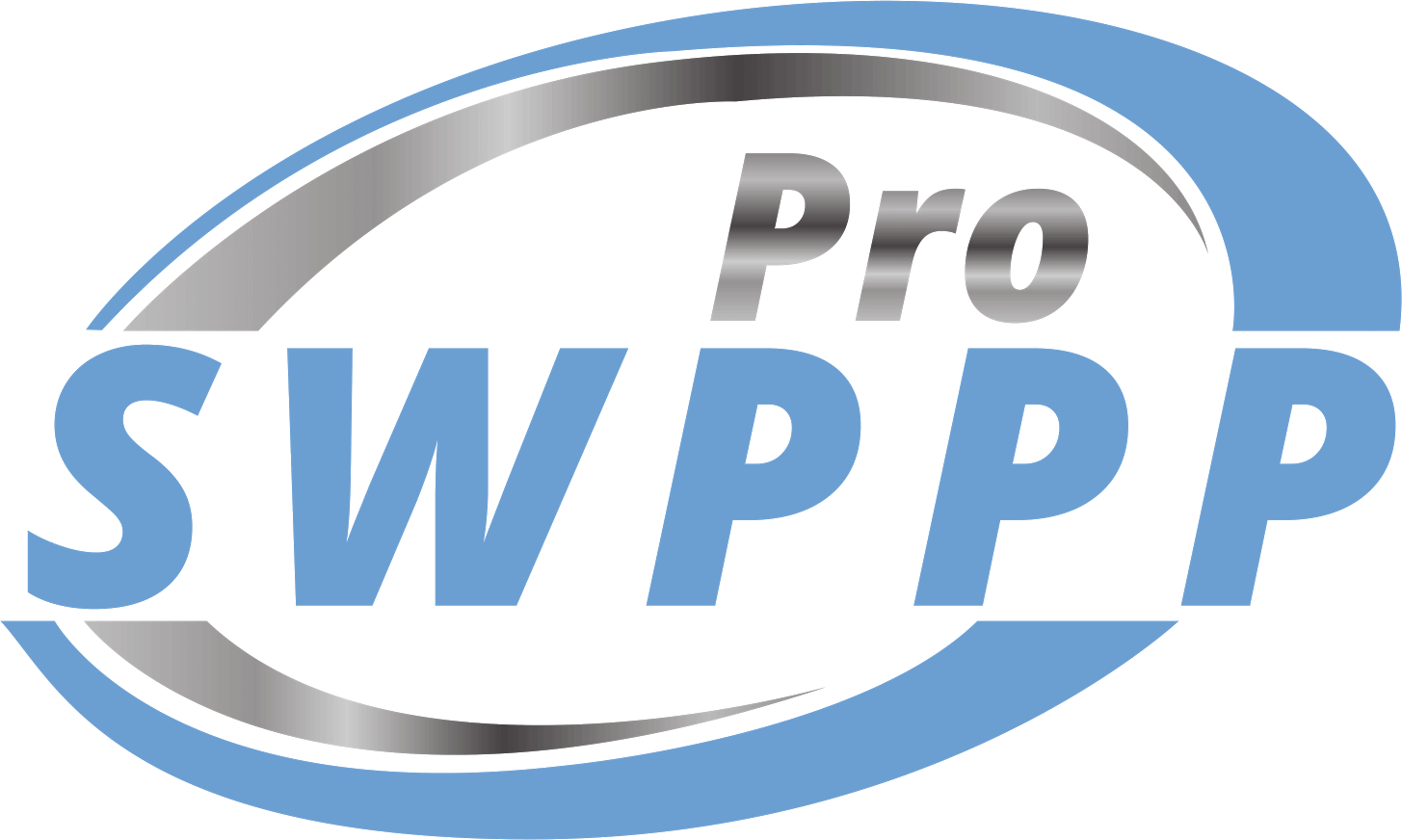If you have a construction project in Kansas, you need to develop and implement environmental protections. These include a Construction Site Best Management Practices Plan, Erosion Sediment Control and Stormwater Pollution Prevention Plan. The state requires them to prevent stormwater runoff from harming the lakes, rivers, coastal waters, and other receiving water streams.
It’s more than just a sediment and erosion control plan. It also describes all your site activities to prevent stormwater contamination. Most importantly, you need it to comply with the Clean Water Act’s requirements.
The SWPPP also serves as guidelines for the practices to avoid significant discharge of pollutants and sediments into the runoff. Your site operators implement the best management practices, which include the activities and controls on site to prevent pollution.
The SWPPP lays out the descriptions of the site and every major phase of a planned construction activity. It includes information on the roles and responsibilities of contractors and subcontractors along with inspection logs and schedules.
Your SWPPP is a living document. That means it may have modifications and changes to the plans and related stormwater pollution prevention activities, as needed.
For example, this documentation also outlines the erosion and sediment controls. These are created, installed and maintained to regulate the velocity and volume of the stormwater. These controls aim at minimizing soil erosion and pollutant discharges at the same time, for instance. They also reduce the amount of soil being exposed and sediment discharges.
Who Needs an SWPPP?
Project managers engaging in construction activities disturbing at least one acre of land should obtain authorization to discharge stormwater as outlined in the General Permit S-MCST-1703-1.
Construction activities, including excavating or clearing that disturbs at least one acre of land or when the construction site is under a larger common development or sale plan that will disturb at least an acre of land should also obtain an authorization.
Project managers operating construction activities that disturb less than an acre of land, which is not a part of a larger common development plan or sale should also request for and obtain an authorization to discharge runoff from the construction activities under the NPDES general permit when the KDHE notifies them that the effect on water quality of the stormwater runoff’s discharge warrants a consideration because the activities might cause a major pollution.
Application Process
Complete and submit a request for coverage under the NPDES General Permit so that you can obtain and receive authorization from the Kansas Department of Health and Environment.
[Coverage under the general permit authorizes stormwater runoff discharge from the construction activities where the point of discharge is in the state and construction activities conducted based on the requirements and provisions of the permit and the stormwater pollution prevention plan. It will continue from the authorization date’s effectivity until the site is stabilized and the Notice of Termination has been received by the KDHE, or if the coverage has been revoked or terminated by the department.]
Under the Construction General Permit requirement of KDHE, you need to develop this SWP2 plan with a licensed engineer, architect, geologist or a professional in erosion and sediment control.
To be considered for authorization, you must also ensure the entire construction site and complete the requests, including the details on –
- Disturbed areas
- Best management practices
- Drainage areas
- Waste and construction storage areas
- The specific locations where the stormwater can flow
- Temporary and permanent stabilized areas to comply with the CGP
Submit a Notice of Intent and supporting documentation at least 60 days prior to construction activities. Take note, though, submitting the NOI doesn’t mean an automatic coverage under the general permit. And if the operation occurs within MS4 boundaries, you must also submit a copy of the authorization and supporting papers to the Municipal Separate Storm Sewer System to obtain permits.
SWPPP Requirements in Kansas
Develop and implement a SWP2 Plan before any land disturbing construction activities. It contains details of the site’s conditions, which are permitted under the General Permit, to discharge runoff.
It’s an essential documentation ensuring that the best management practices are designed, implemented, managed and maintained to reduce or prevent pollutants, sediments and erosion.
It’s constantly reviewed and updated, as needed, to ensure compliance with the Kansas Surface Water Quality Standards and NPDES General Permit regulations. You should make it available on site or in another location, as stated in the plan, for at least at least three years following the date of Notice of Termination.
You must notify the KDHE of the project completion with the signed and mailed NOT. However, you cannot submit it until all the activities have been ceased and the stabilization requirements have been met.
[When is the project stabilized? It is when the pavement, structures, perennial vegetation or buildings that have been disturbed are restored.]
Bottom Line
Understanding SWPPP compliance and regulations and completing it ensures a smooth operating construction project while protecting the environment. Whether you have a small or a large construction, you must devise an accurate and customized SWPPP in accordance to your project specifications, receiving water streams around it and other factors.
Let us help you navigate this complicated process and comply with CGP requirements in Kansas. Call 833-GET-SWPP today!

